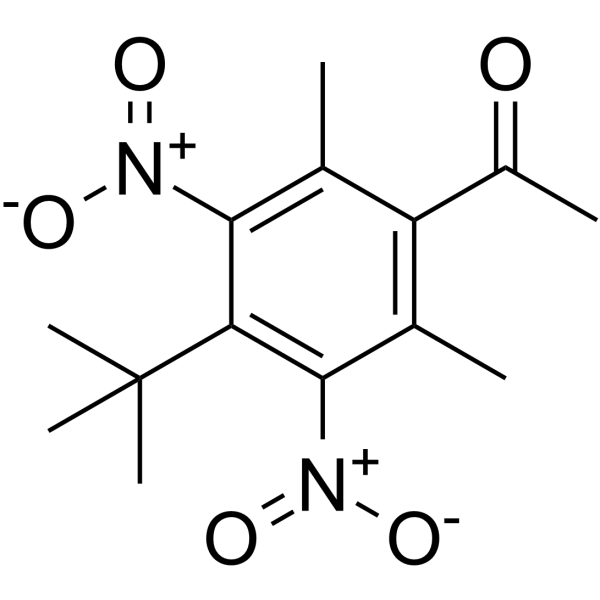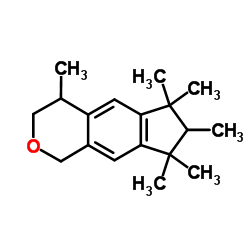| 结构式 | 名称/CAS号 | 全部文献 |
|---|---|---|
 |
酮麝香
CAS:81-14-1 |
|
 |
1,3,4,6,7,8-六氢-4,6,6,7,8,8-六甲基环五-γ-2-苯并吡喃
CAS:1222-05-5 |